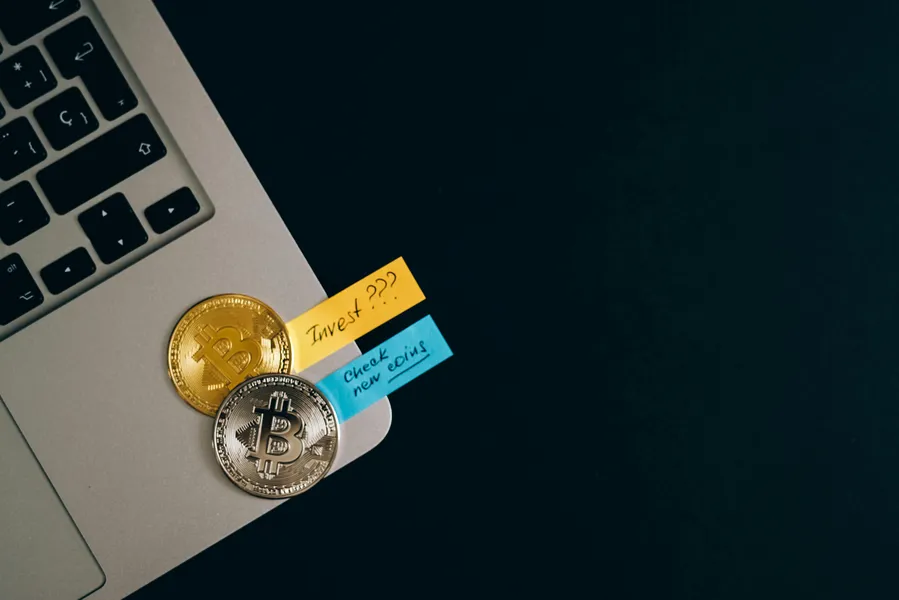What is a Cryptocurrency Exchange? – Where and How to Trade Digital Assets

Title: The Nitty-Gritty Truth About Crypto Exchanges: Avoiding Pitfalls in the Wild West of Trading
Intro: Welcome, Fellow Adventurers
You know what they say: “In the crypto world, if it seems too good to be true, it probably is.” As a seasoned crypto security expert and smart contract auditor who’s seen more than their fair share of train wrecks, I’m here to tell you that navigating cryptocurrency exchanges is not for the faint-hearted. It’s like playing poker with sharks – they’re watching your every move, ready to pounce when you least expect it. So buckle up, my friends; we’re diving deep into the world of crypto exchanges and uncovering some hard-earned lessons along the way.
H2: Understanding Cryptocurrency Exchanges: A Simplified Analogy
Think of a cryptocurrency exchange as an online marketplace where people trade digital assets, much like eBay or Amazon but for cryptos. Instead of buying books or shoes, though, you’re dealing with virtual coins like Bitcoin or Ethereum. These exchanges act as intermediaries between buyers and sellers, facilitating trades and keeping track of balances – all while charging fees for their services.
Now, here’s the catch: these platforms are far from regulated, which means they can be risky business if you don’t know what to look out for. Just ask those who lost millions when Mt. Gox went belly-up in 2014 due to hacking or the users whose private keys were leaked on Binance back in 2018.
H2: How Exchanges Make Money – The Hidden Costs
Crypto exchanges make money through transaction fees and deposit/withdrawal charges. For instance, when you buy or sell crypto assets, the exchange takes a cut – usually around 0.1%-0.3%. Plus, if you need to transfer funds in or out of your account, there’ll likely be additional costs involved.
But here’s the tricky part: some exchanges might not be entirely forthcoming about their fees upfront. They may hide them in fine print or present misleading information, making it seem like they have lower fees than they actually do. Be wary of these tactics and always check the fine print before signing up.
H2: The Different Types of Crypto Exchanges – Not All Are Created Equal
There are three primary types of crypto exchanges: centralized, decentralized, and hybrid platforms.
- Centralized Exchanges (CEX): Think of these as traditional stock markets where everything is controlled by a single entity or group of entities. Examples include Coinbase, Binance, and Kraken. While convenient, they can be vulnerable to hacks, regulatory issues, and data breaches.
- Decentralized Exchanges (DEX): These are peer-to-peer networks built on blockchain technology that eliminate the need for intermediaries. Users retain complete control over their assets but often face lower liquidity and more complicated user experiences. Popular DEXs include Uniswap and SushiSwap.
- Hybrid Exchanges: As their name suggests, these platforms combine elements of both centralized and decentralized models, aiming to provide the best of both worlds. Examples include Kyber Network and AirSwap.
Remember, just because an exchange calls itself ‘decentralized’ doesn’t mean it’s entirely safe or immune to scams. Take the infamous SushiSwap rug pull last year when their dev team cashed out after stealing millions in user funds!
H2: Security Measures – Locking Down Your Digital Assets
No discussion about cryptocurrency exchanges would be complete without addressing security. Given that these platforms hold vast amounts of digital assets, they’re prime targets for hackers and cybercriminals. To minimize risks:
- Enable Two-Factor Authentication (2FA): This adds an extra layer of security to your account by requiring a unique code sent to your device alongside your password.
- Store Your Private Keys Securely: Never share or store these online, as they grant full access to your assets. Consider using hardware wallets for added protection.
- Monitor Your Account Activity: Regularly review transaction history and be wary of any suspicious activity.
- Update Your Software Regularly: Exchanges frequently release updates to patch vulnerabilities, so keep yours up-to-date.
H2: Wrapping Up – Navigating the Treacherous Waters of Crypto Trading
In the wild west of cryptocurrency trading, staying one step ahead requires a combination of vigilance, common sense, and hard-earned wisdom. Remember, if an exchange promises unrealistic returns or seems too good to be true, it likely is. Always do your research, read reviews, and proceed with caution when diving into the world of crypto exchanges.
After all, we’re not just playing for fun here; we’re dealing with real money – sometimes a lot of it. So treat this journey as you would any high-stakes game: prepare well, know your opponent (er, exchange), and above all else, keep your wits about you.
Conclusion: Embrace the Adventure, But Stay Grounded
The cryptocurrency market can be exhilarating, unpredictable, and sometimes downright infuriating. But as with any adventure worth having, there are risks involved. By understanding how exchanges work, recognizing their strengths and weaknesses, and keeping your security top of mind, you’ll be better equipped to navigate the crypto wilderness and perhaps even thrive in it. So strap on your helmets, folks – we’ve got a rollercoaster ride ahead!









